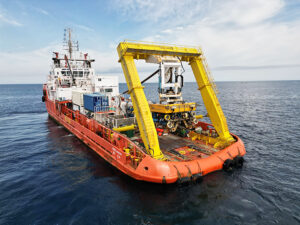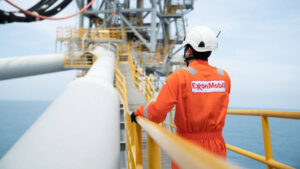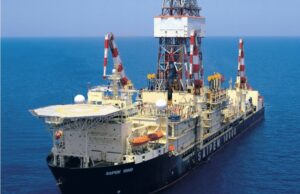Polarcus returns to profit
Seismic player Polarcus returned to profit in the first quarter of the year despite lower revenues.

Polarcus on Friday posted a net profit of $2.8 million for the first quarter of 2018, compared to a net loss of $38 million in the corresponding period of 2017.
The company also recorded an improvement when compared to 4Q 2017, when it booked a loss of $91.7 million, mainly as a result of reduced impairment charges and an increase in the financial accounting gain on restructuring.
In the first quarter of 2018 Polarcus recorded revenues of $30.6 million, a decrease when compared to the same period of 2017 and revenues of $47.2 million.
When compared to the fourth quarter of 2017, Polarcus’ revenues decreased 18% due to lower multi-client revenue and other income, partly offset by higher contract revenue.
During 2018 Polarcus completed a financial restructuring, including equity issues with gross proceeds of NOK 340 million ($42.5M), amended debt terms providing the company a debt service runway to 2022 and an increased working capital facility. A net accounting gain of $20.3 million was recognized as a result of the company’s financial restructuring completed in the quarter.
Polarcus’ vessel utilization increased to 83% in 1Q 2018 from 72% in 1Q 2017.
The first quarter 2018 saw the majority of the active 3D seismic fleet back in operation after very low global fleet utilization during the second half of 2017. All four of Polarcus’ active vessels were back in operation after Polarcus Asima had been idle for much of 4Q 2017.
Outlook remains competitive
The number of square kilometers tendered in 1Q 2018 almost doubled compared to 4Q 2017 and this increase was driven by a higher number of larger tenders across Africa and Asia Pacific on the back of an increasing oil price.
According to the company, for the 12-month period ending 1Q 2018, tender activity increased by approximately 50% compared to the same period last year. Oil price is significantly higher to date in 2018 than in recent years and utilization of the active 3D global seismic fleet has increased substantially since 4Q 2017. The positive developments in tender activity, oil price and global fleet utilization are all indications of an improving market. However, the immediate outlook for the marine seismic market remains competitive, Polarcus concluded.
The company’s backlog at the end of March, including awards made after the quarter end, is estimated to be $150 million.
Offshore Energy Today Staff








